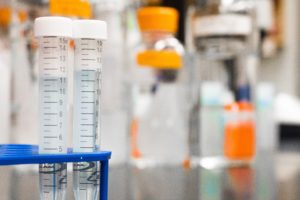Enzymes, currently used in the food industry, are derived from animals or plants (for example, one of the enzymes for digesting starch, amylase, can be derived from the seeds of germinating barley). But most are obtained from different types of beneficial microorganisms: the most common genera include the species of Bacillus, Aspergillus, Streptomyces and Kluyveromyces. The placing on the market of enzyme-based complexes has demonstrated the importance of pentosans and hemicellulases for the milling industry. The effects of these enzymes in the mixes should be observed with particular attention to the influence they have on the structure of the components of wheat flour, which are fundamentally different for anatomical varieties and origin, although with similar protein percentages.
Enzymes replace chemical technology and are natural.
Moreover, enzymes can be used as an alternative to traditional chemical technology and can replace synthetic chemicals in many processes. In industrial activities, for example, they have innovated the production processes as in the case of bakery products, where the shelf life is considerably extended up to 60 days, totally replacing the datems and the various emulsifiers.
The advantages of knowing which and how many enzymes are useful to your flour
Being able to qualify incoming raw materials and be able to safely dose these technological aids is a considerable competitive advantage in a market that requires more and more safety and certain performance.
At BiCT we can identify and quantify the enzymes in your raw materials, in your processing aids, and suggest the right ones for your needs.

